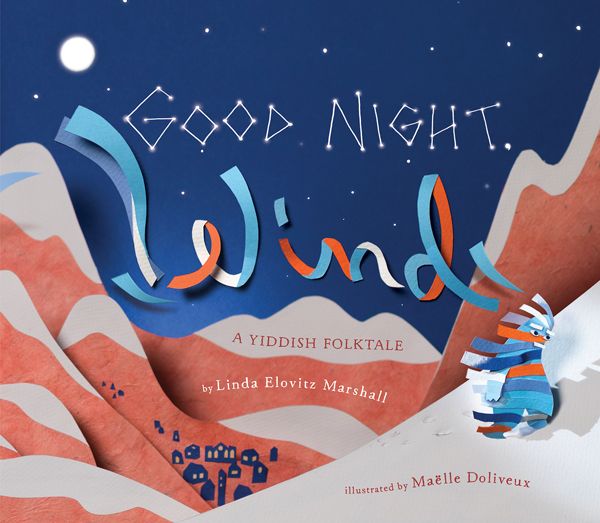
Good Night Wind
By Linda Elovitz Marshall
Illustrators
Illustrated by Maelle Doliveux
Edition
By Linda Elovitz Marshall
Hardcover edition
Publisher Holiday House Imprint Holiday House ISBN9780823437887
Awards and Honors CPL Best Books - 2019Good Night Wind
 6
6
Out of stock
SKU
9780823437887J
Whooosh! Winter Wind works hard all season long, blowing leaves and sculpting snow drifts. By the time spring arrives, Wind is exhausted, but who will allow such a chilly presence to settle in for a rest?
Author’s note. Full-color illustrations.
Author’s note. Full-color illustrations.
|
Standard MARC Records Cover Art |
Picture Books (K-2)
Picture Books
Picture Books (K-2)
For Grades K-2
This collection brings storytime to life with 12 fully illustrated fiction and nonfiction books per year. Featuring simple, easy-to-follow narratives and vibrant artwork, these books captivate young learners and encourage early literacy skills. Perfect for reading aloud or independent exploration!
12 books per Year
$236.64 per Year
Interests
Beginning Readers, Fiction, Picture Books, Storytime/Read Alouds


